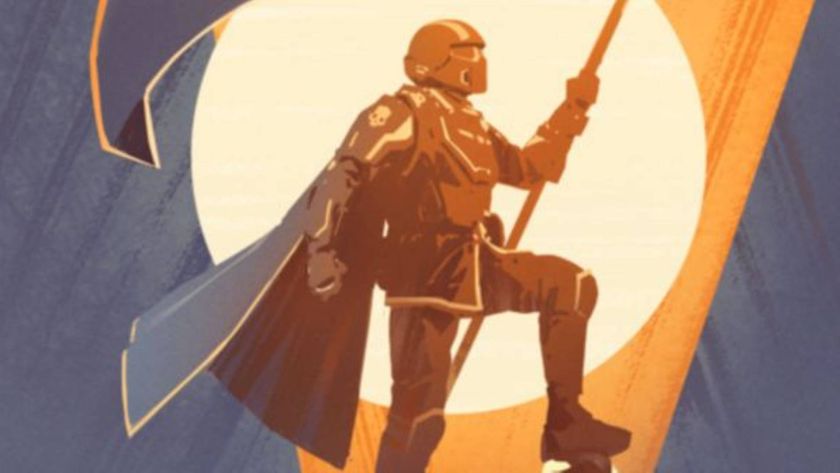Making Moria: behind the new book for The Lord of the Rings RPG and D&D
Interview | We chat with The One Ring RPG's designer on making the best Moria adventure possible
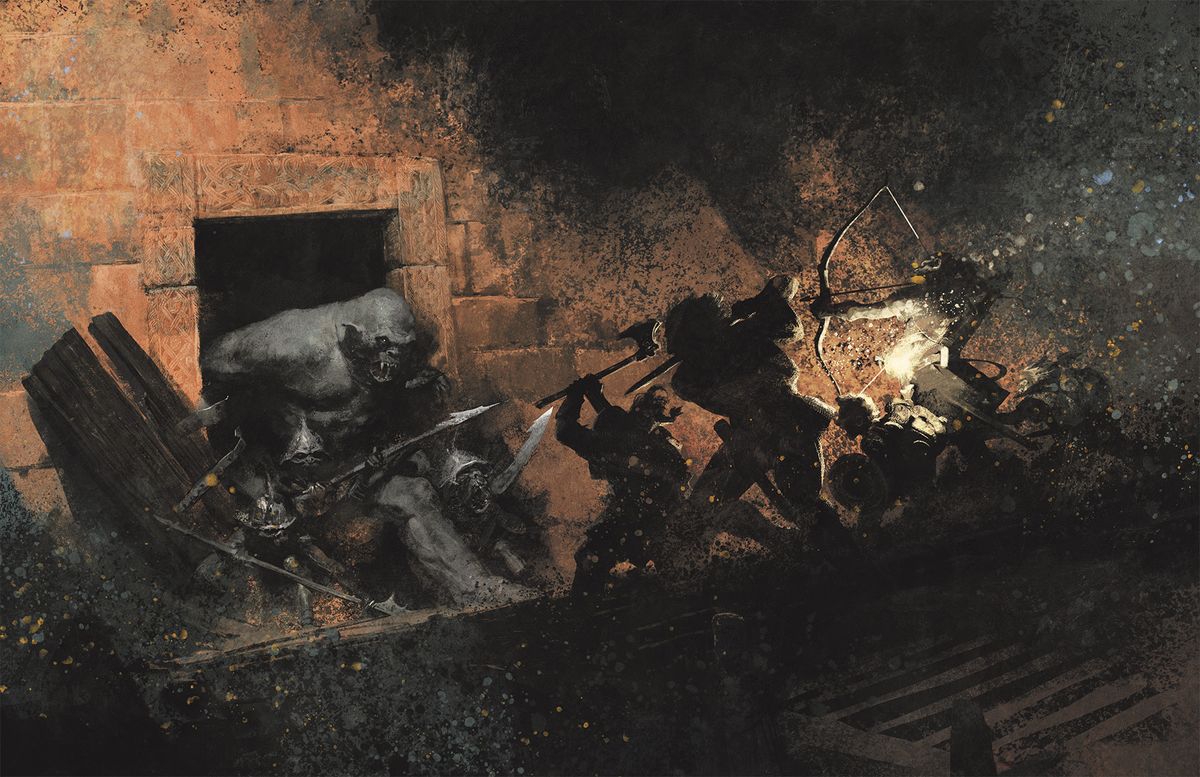
Taking back Moria seems to be in vogue at the moment. Besides a Lord of the Rings video game that sees you reclaiming this dwarven stronghold, we're also getting a tabletop adventure plumbing the depths of Khazad-dûm. And no wonder. It's the quintessential dungeon, lacking only an obligatory corridor of swinging axes.
Both projects take a very different approach to the mines, though. Whereas playing Lord of the Rings: Return to Moria feels like Middle-earth Minecraft, 'Through the Doors of Durin' (developed by Free League, a studio with some of the best tabletop RPGs under its belt) taps into something more ominous. There's a quiet dread to those halls in Tolkien's writing, and this book makes the most of that unease. It doesn't just wear Moria as a costume; it taps into the heightened – but still grounded – reality Tolkein's novels are known for.
"Even if it is a world where you can have a gigantic flying creature like the Nazgul, you still have to think about the speed they go when they fly," One Ring designer Francesco Nepitello tells me when we chat about this add-on for the Lord of the Rings RPG and it's D&D spinoff. "It does have rules."
The result is a sourcebook – which is currently available for late pledges – that seems like it's a lost Tolkien manuscript.
Gray area
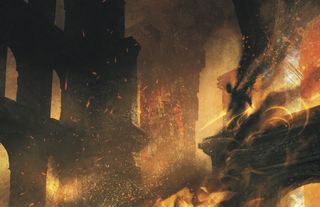
How does the project avoid feeling like a repeat of the Fellowship's journey? For starters, Moria: Through the Doors of Durin (or 'Moria: Shadow of Khazad-dûm,' if you're getting the D&D version) takes place long before Gandalf led his company into those mines. It's set a couple of decades before Balin's ill-fated mission too, and that stops the book from feeling overly 'cute' – the team has been very careful about making sure it fits into established canon. Indeed, Free League offers a variety of reasons why your party might find themselves in Moria that don't tread on Middle-earth lore.
"You don't go there and mess with [existing stories]. But it is entirely possible that you could be working for Balin as a scouting expedition" Nepitello says to illustrate his point. "Balin and the dwarves of Erebor were basically forbidden from going there, but this doesn't mean that some of them [didn't try to] circumvent the prohibition, especially in sending someone else… It's that fantastic wealth of opportunities that the gray areas left by J.R.R. Tolkien provide."
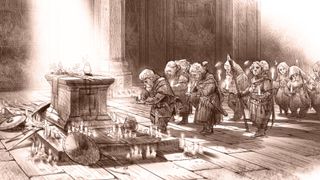
If you count The One Ring's first edition, a Moria expansion has been in the works for around 10 years. Back then, a Call of Cthulhu-esque adventure where all of the characters die by the end was being thrown around.
In much the same way, the book allows readers to create their own nameless horrors that exist below the surface so your characters have something to fear beyond what we've already seen. After all, "there are older and fouler things than Orcs in the deep places of the world." Gandalf actually alludes to these monsters in the book but doesn't elaborate on what they are, so the world's your oyster in that regard.
Sign up to the 12DOVE Newsletter
Weekly digests, tales from the communities you love, and more
Basically, the aim is to help you feel like you're part of the setting's history rather than cobbled-together fanfiction.
Tolkien's work is very much like a fractal image. You discover something more every time you zoom in
Francesco Nepitello
"Moria is, in very many ways, a sandbox," Nepitello explains. "So we're not telling one story. We're not telling the story of a company of adventurers that go into Moria, get out again, and whether they encountered the balrog or not. We give a lot of different places [to use], a lot of different potential encounters, a lot of different dynamics between the different denizens of Moria. So there is a lot to explore, and I don't just mean physically… The entire supplement is about what to do with it. There is an opening part where a few guidelines are given about whether you're going there on a mission from someone, or maybe you have a personal reason to go there, [or] maybe you just had to go there because you couldn't take another path, just like the Fellowship of the Ring had to… We provide several reasons that are very, very true to the canon."
A place that cannot be mapped
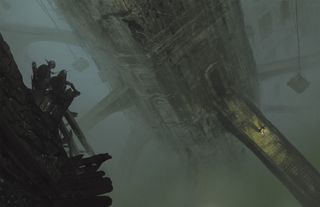
As Nepitello says, "Tolkien's work is very much like a fractal image. You discover something more every time you zoom in." That was the intention behind Moria's design in this supplement. While some parts of the stronghold are set in stone (quite literally, like the West or East Gate), little else is. This allows you to place many locations wherever you want, and wherever fits your story.
For Nepitello and the Free League team, this vagueness was crucial. Yes, Moria is as close to a classic fantasy dungeon as you can get. But the best way to sell its scale is to omit fine details.
By leaving it to you to customize Moria, it will be closer to the idea of a place that is so big, it's almost unknowable
Francesco Nepitello
"We don't have to tell the players everything," he says. "By leaving it to you to customize Moria, it will be closer to the idea of a place that is so big, it's almost unknowable. Otherwise, if you were to fix everything, [there will be] no mystery at all… Moria cannot be known, it cannot be mapped."
Ironically, this dedication to Moria being 'unmappable' created something of a headache for the team. They wanted a map, and knew players would as well… but creating one might compromise the setting's mystique.
Nepitello seems to view this as an opportunity rather than a problem. There have been plenty of beautiful illustrations depicting Moria before now, he says, but few of them are 'accurate' in terms of distances. Here was a chance to rectify that, and keep things vague enough that players could fill in the gaps however they like. It's similar to the approach taken by many Dungeons and Dragons books; the important bits are flagged, but there's plenty of blank space in-between for you to populate.
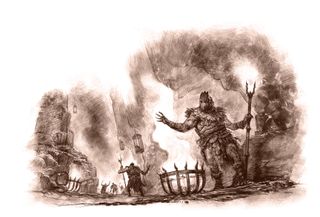
Moria is the third expansion for The One Ring second edition and its D&D counterpart, The Lord of the Rings Roleplaying. It has more in common with Ruins of the Lost Realm than the adventure-focused Tales of the Lone-Lands; it gives you the tools to create your own adventures in Khazad-dûm rather than offering a pre-written storyline.
That's a good example of how Free League regards Middle-earth, to be honest; during my conversation with Nepitello, it was clear that the team treats Tolkien's work with the utmost respect. They want anything they do to hew as closely as possible to the source material, both in terms of spirit and tone. That's why the RPG's art feels so inspired by Iron Age Europe; Tolkien drew a lot of inspiration from Vikings, Anglo Saxons, and their legends.
That's also why The One Ring Starter Set is arguably one of the best RPG beginner boxes. It understands Middle-earth like few others. We'd even go so far as to say The One Ring and Lord of the Rings Roleplaying are the RPGs Tolkien fans have always wanted. From what I've seen so far, it doesn't look like Moria will be any different.
You can nip in with a late pledge to secure the campaign-exclusive items now. As for other tabletop RPGs, be sure to keep an eye on our guide to D&D Black Friday deals or Black Friday board game deals for the best offers.

I've been writing about games in one form or another since 2012, and now manage 12DOVE's tabletop gaming and toy coverage. You'll find my grubby paws on everything from board game reviews to the latest Lego news.
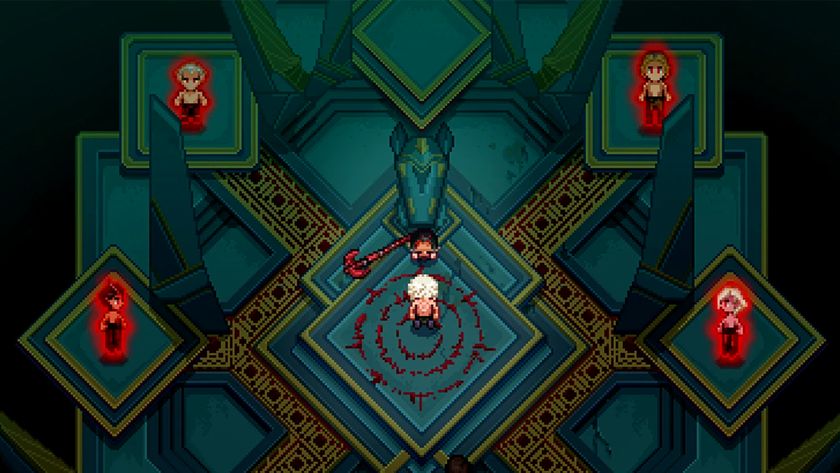
After slamming D&D's Wizards of the Coast, Baldur's Gate 3 devs celebrate "good ending" for Stardew Valley mod as it gets reinstated after a "mistaken" DMCA
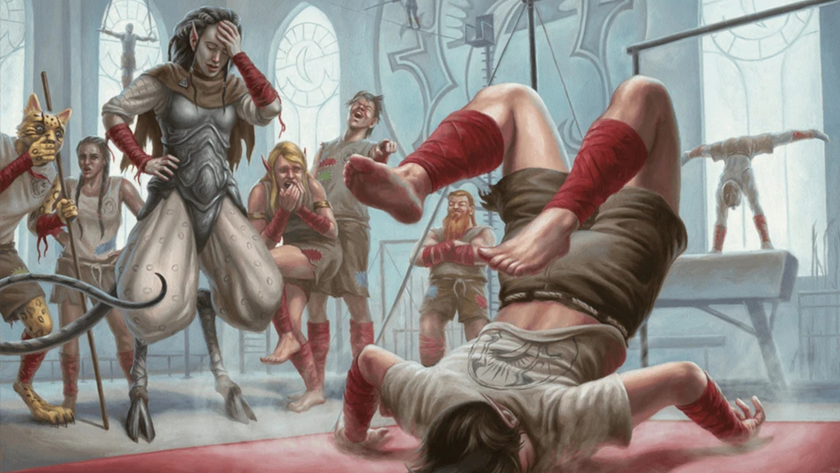
The Baldur's Gate 3-themed Stardew Valley mod that Larian boss Swen Vincke called "amazing" gets DMCA'd by D&D publisher Wizards of the Coast
